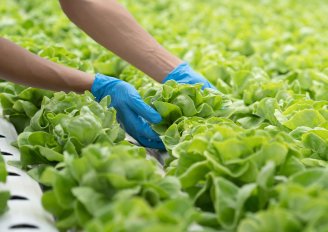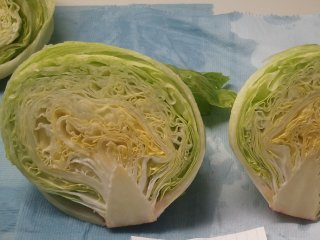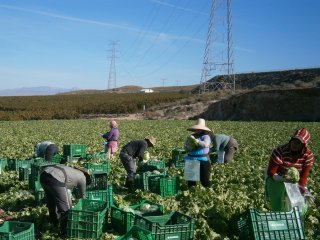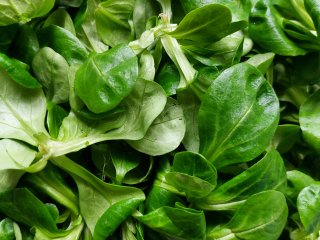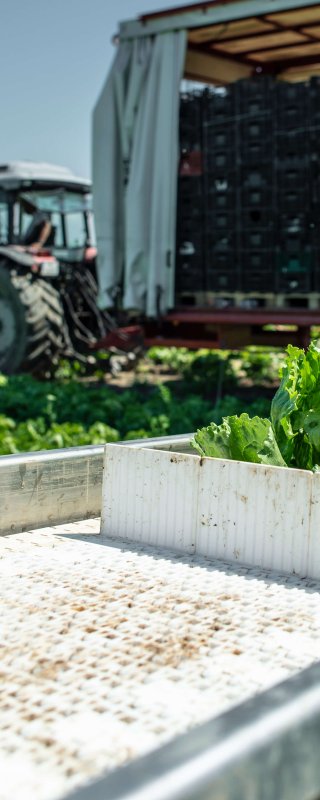
Harvest practices for lettuce
Proper harvest of lettuce is an essential start for a successful supply chain. The performance of the harvesters is critical to delivering a good quality product. First of all, harvesting at the right maturity is important to ensure the best quality during shelf life. Harvest and further handling must be done carefully to avoid bruising and other damages to the product. The use of clean and suitable materials such as harvest crates also serves these purposes
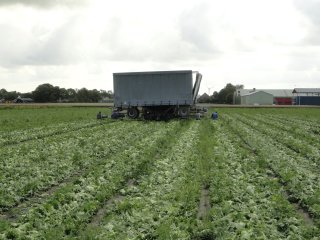
Harvest of lettuce
The maturity of lettuce at harvest is critical both for ensuring the quality of whole head lettuces and for the fresh-cut salads. The maturity stage has a clear influence on the susceptibility to postharvest disorders and diseases. Head lettuces should be well formed and firm, and the lettuce weight must be above a minimum, especially for the fresh-cut processing. Looseleaf lettuce is harvested when the leaves are large enough for the intended market purpose. The packaging of the harvested lettuce can take place directly in the field (field packing) or in a nearby packhouse. In all cases, the harvested product must be transported to a cooling facility quickly after harvest.
